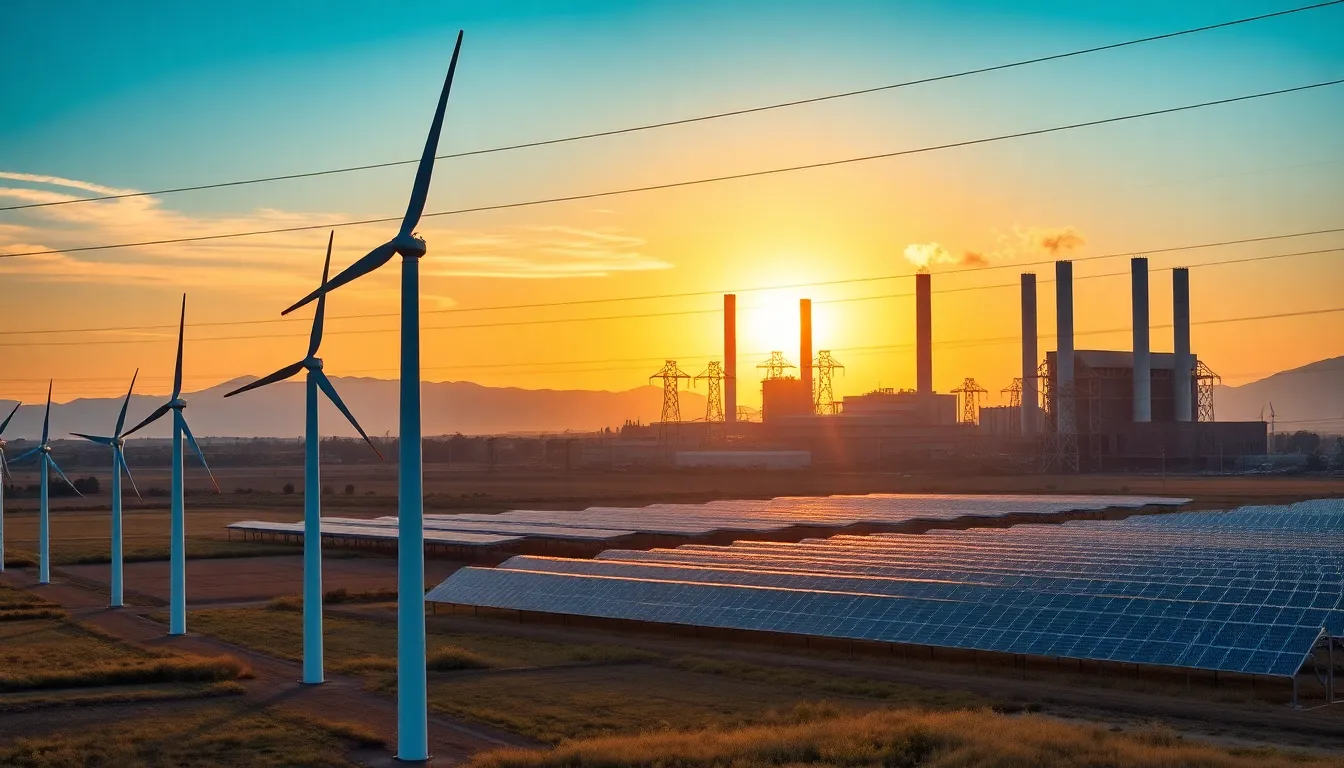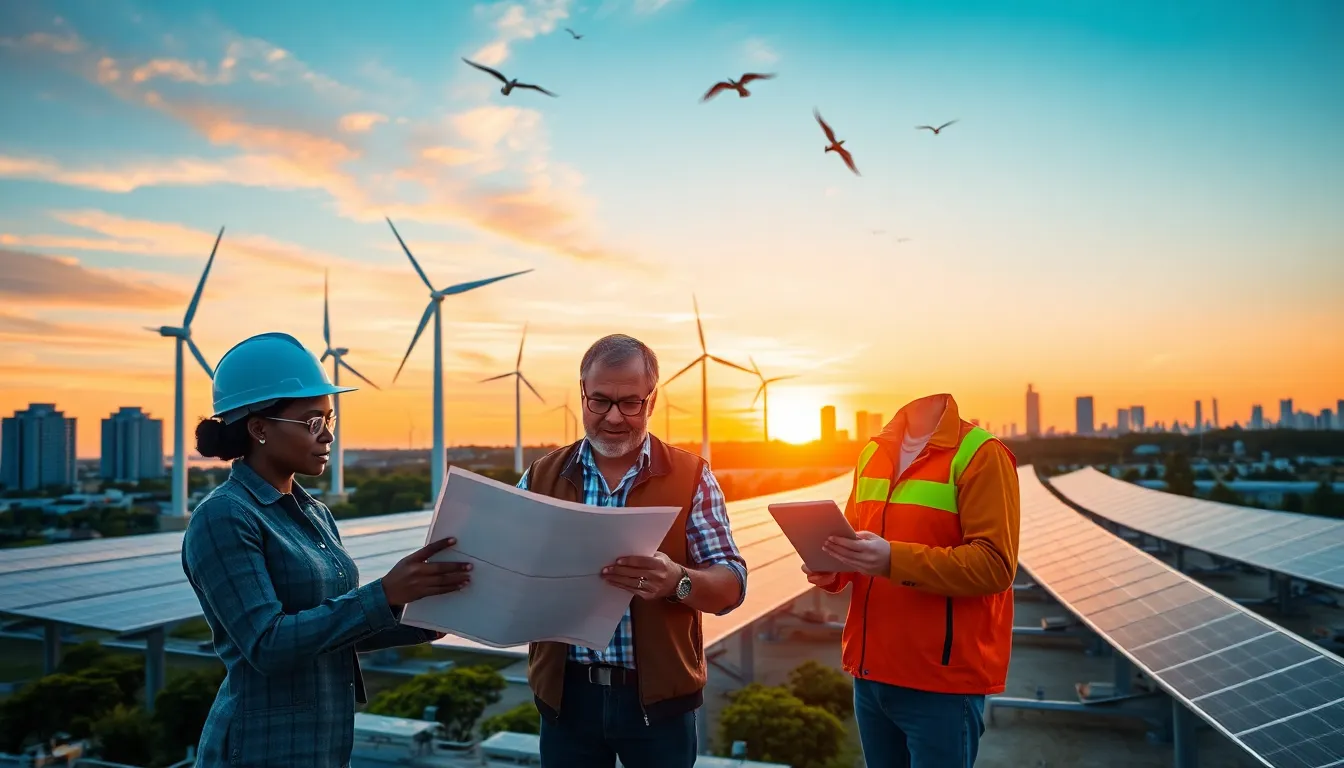Table of Contents
ToggleIn an era where energy demands are skyrocketing, understanding “lots of power” becomes crucial for both individuals and industries. Power generation and distribution not only fuel our homes and businesses but also significantly impact economic growth, environmental sustainability, and technological advancements. This article delves deep into the concept of lots of power, exploring its role in contemporary society, the evolution of power generation, its benefits, challenges in distribution, and the future of power technology.
What Is Lots Of Power?

The term “lots of power” generally refers to a substantial amount of electrical energy produced or utilized. This electricity enables a wide range of activities and processes essential for daily life, from powering household appliances to operating industrial machinery. In a broader context, it also encompasses the ability of energy sources, be it renewable, fossil fuels, or nuclear, to meet increasing demand without compromising reliability or efficiency. The quest for lots of power is more than just about quantity: it reflects a growing awareness of the need for smart energy management and stewardship in a world increasingly sensitive to climate issues.
The Evolution Of Power Generation
Power generation has undergone significant changes throughout history, adapting to emerging technologies and societal needs. From early coal-fired plants to the more recent surge in renewable energy sources like wind and solar, the journey of power generation is marked by innovation:
- Historical Roots: The Industrial Revolution marked the beginning of large-scale power generation, primarily using coal. As technology advanced, the introduction of hydroelectric power began to diversify the energy mix.
- Nuclear Power: The mid-20th century saw the rise of nuclear energy, which provided significant amounts of power without the emissions associated with fossil fuels.
- Renewable Energy Boom: Today, renewable energy sources are leading the charge. Solar panels and wind turbines are now viable alternatives, capable of contributing significantly to the power grid while reducing the carbon footprint.
Benefits Of Lots Of Power
Having lots of power is beneficial not just for individual consumers but for society as a whole. Here are several advantages of having ample access to power:
- Economic Growth: Energy availability directly correlates with industrial productivity. Businesses can operate efficiently, driving economic expansion.
- Technological Innovation: With more power, there’s a greater capacity for technological advancements. This allows for enhanced research capabilities and development across multiple sectors, including healthcare and manufacturing.
- Quality of Life Improvements: On a personal level, reliable power enhances quality of life through better heating, cooling, and access to information and entertainment.
- Flexibility and Resilience: An ample power supply ensures resilience against outages, allowing for a dependable energy source during peak demands or emergencies.
Challenges In Power Distribution
Even though the clear importance of power, distribution remains a complex challenge. The following hurdles are prevalent in the current environment:
- Infrastructure Aging: Many power grids date back several decades, and their inability to handle increased loads places a strain on distribution systems.
- Geographic Disparities: Rural areas often face limitations in power availability, which can foster inequalities in service and development opportunities.
- Integration of Renewables: As more renewable sources come online, integrating them into existing grids can introduce instability unless new solutions are put in place.
- Cybersecurity Risks: Increased connectivity in power distribution systems exposes them to cyber threats, necessitating robust security measures to protect both infrastructure and consumers.
Sustainable Practices In Maximizing Power
Maximizing ‘lots of power’ also requires a commitment to sustainability. Here are practices that can enhance power generation and distribution without compromising environmental integrity:
- Energy Efficiency: Implementing energy-efficient technologies reduces waste. This includes smart grids and energy-efficient appliances that help conserve power.
- Demand Response Programs: These programs incentivize consumers to use less power during peak times, easing the burden on the grid.
- Decentralized Generation: Microgrids allow communities to produce their own energy, increasing resilience and reducing transmission losses.
- Smart Technologies: Utilizing IoT (Internet of Things) can significantly optimize energy use, providing real-time data to improve power management.
Future Trends In Power Technology
Looking ahead, several trends promise to shape the future of power technology and generation:
- Increased Adoption of Renewable Sources: With technology advancements, solar and wind energy installations are projected to rise significantly, contributing to an even larger share of total generated power.
- Energy Storage Innovations: Breakthroughs in battery technology will likely make energy storage more efficient and affordable, so facilitating greater reliance on renewable sources.
- Green Hydrogen: This emerging technology, which utilizes renewable energy to produce hydrogen fuel, has the potential to revolutionize power generation and transportation.
- Digitalization: The merging of technology with energy systems promises improved efficiency and flexibility, using data analytics for predictive maintenance and enhanced resource management.
Conclusion
Understanding the concept of lots of power goes beyond acknowledging sheer numbers, it encompasses recognizing the implications of energy production and distribution in shaping the future. With numerous benefits ranging from economic upliftment to quality of life improvements, the challenges faced in distribution and sustainability are worth addressing. The landscape is rapidly evolving, with innovative technologies at the forefront, ensuring that the future of power generation remains aligned with both the needs of society and the health of our planet.





